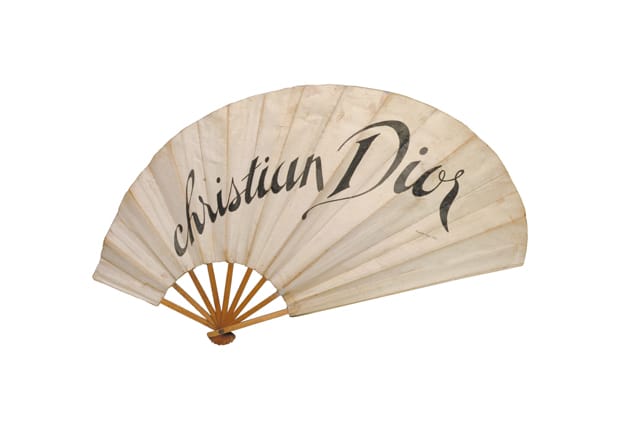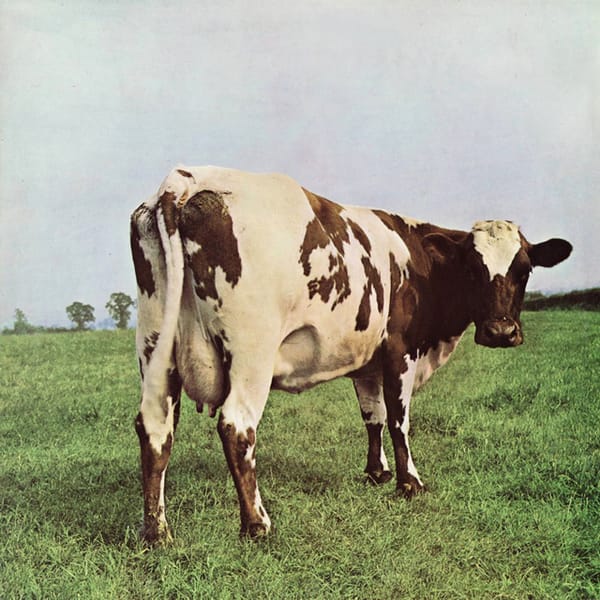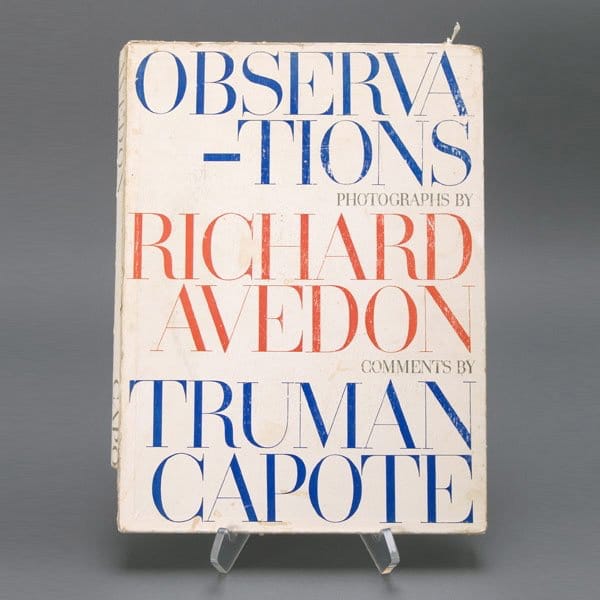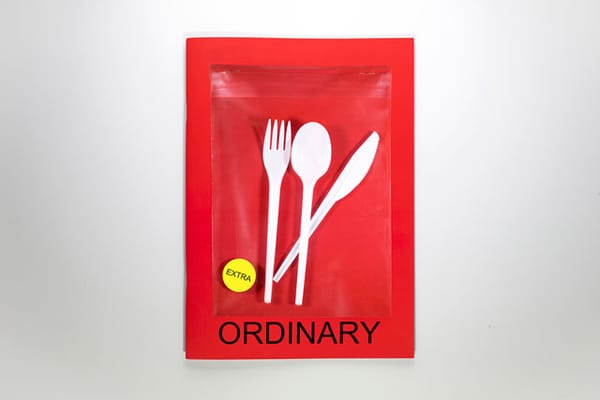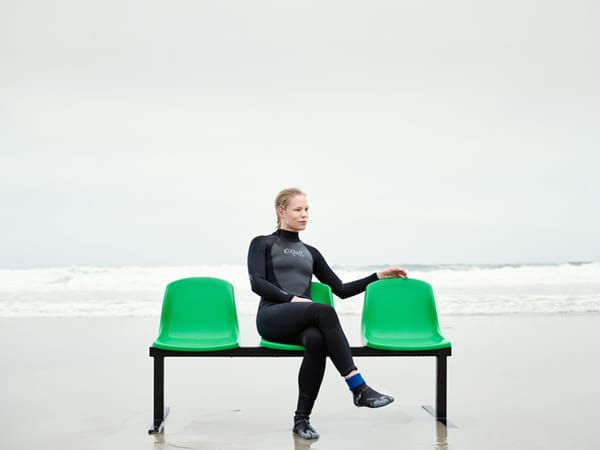In today's Archive piece, we look back at a celebration of iconic fashion images from the V&A's extensive archive, hand-picked by some of our favourite fashion connoisseurs.
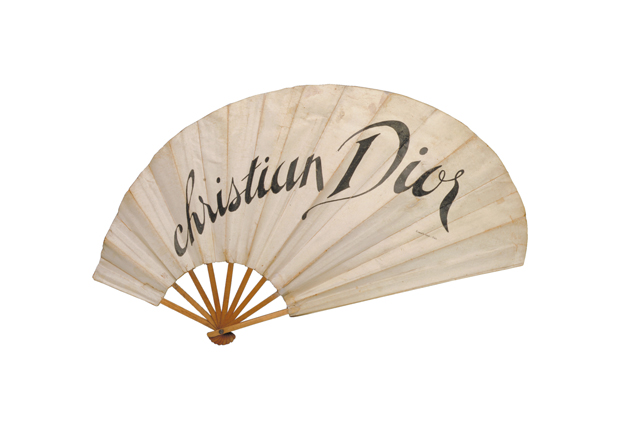
You can’t beat a saunter through the hushed corridors of a museum for flaming the imagination, and London’s own V&A provides a world-class museum experience, with one of the highlights being its fine costume collection and programme of fashion-related exhibitions. Where else could you ogle ten-inch Vivienne Westwood platforms one moment and nineteenth-century corsetry
the next?
From the glossy pages of magazines, to textile and pattern design, to catwalk shows and window displays, fashion has long been one of the most fruitful arenas of collaboration for graphic designers. Fashion is also where graphic design often moves at its fastest pace, continually reinventing itself along with the seasons. And while reinvention is about pushing forwards, it’s also about reflecting on what’s gone before, which is why, for British designers (and also for the international design community), the Victoria and Albert Museum is an ever-present source of inspiration.
To celebrate this, we asked some of our favourite British fashion innovators to raid the V&A’s unique image archives and find an image that sums up an iconic fashion moment for them.
Explore for yourself at vam.ac.uk—
Brian Kirkby and Zowie Broach, BOUDICCA
Chainmail projection on model with hands on
her neck by John French
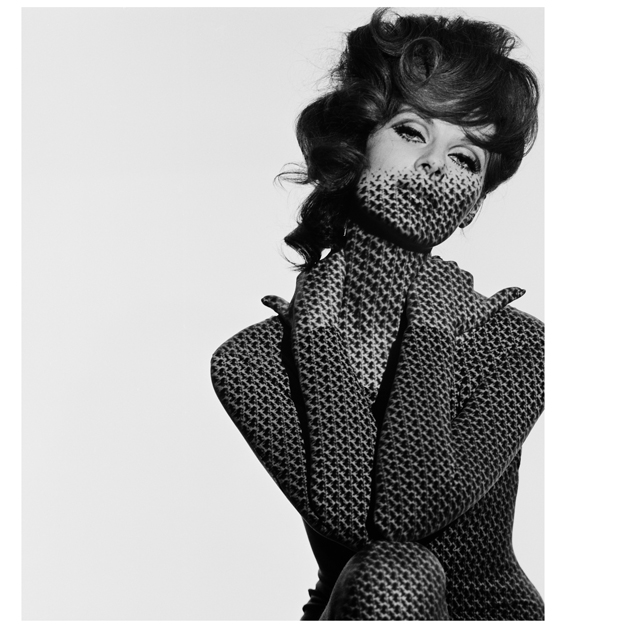
A modern illusion. Nothing is real, only light. An image conceived at the end of the Fifties, under the scrutiny
of Mr French’s obsessive eye, at a time pre-the modernity of Bailey and Donovan, and yet here we see something that is even more modern than they would be. He almost seemed to jump time, step ahead of those just in front
of him; he created an intangible outfit.
Today we live
within the intangible: a philosophy of now in all ideas,
all technologies, all sound, all communication. A virtual skin, an augmented reality, So we feel at home with the
image as if it belonged to our daily vision and within the second challenges you to process your thoughts further than you have before.
platform13.com
—
Jonathan Schofield, art director
Evening dress and coat, detail, by Ossie Clark
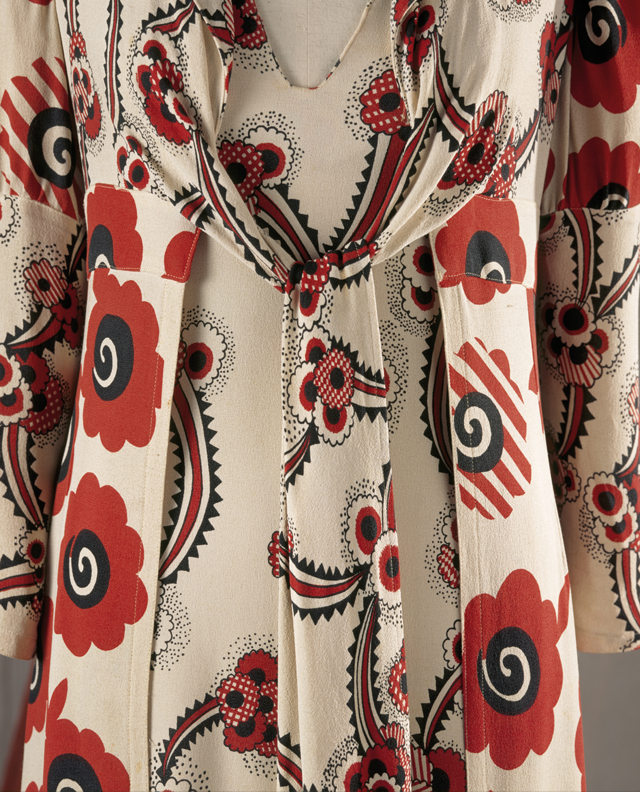
”He had an attitude to form, which is instinctive to
artists” David Hockney.
I have chosen an Ossie Clark
piece with a print by Celia Birtwell as part of my continuing fascination with the artists and designers working at the same time in the late 60s and early 70s in London. A milieu that included among others David Hockney, Celia Birtwell, Kaffe Fassett, Patrick Proctor, Howard Hodgkin and Derek Jarman. A quite amazing roll-call of talent, who all, I’m sure, used the V&A to develop and explore their own unique sensibilities.
Ossie Clark is a key figure of British fashion, and the scope of his ambition is perhaps still underappreciated in this country. He managed to predate Yves Saint Laurent
on a number of occasions and together with Celia Birtwell and her beautiful prints helped define a contemporary and sexy feminine ideal.
When the V&A held the Ossie Clark exhibition, it felt as if the designers were coming home as the museum is a place where the past and present intermingle so beautifully – an idea always
found in the designs of Ossie Clark.
jonathanschofield.com
—
Becky Smith, creative director
Jean Shrimpton by John French
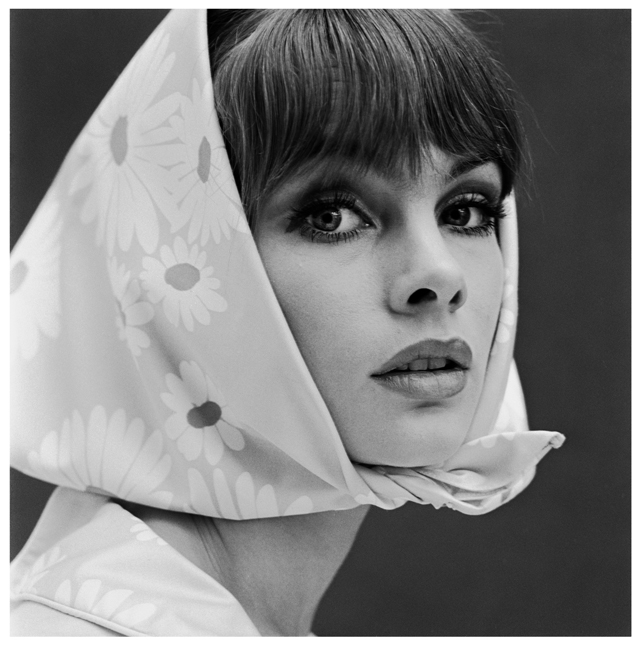
It was Bailey who became most famous for photographing (and dating) beautiful and iconic models of the 60s, but
it’s John French who captures Jean Shrimpton so well as an innocent in this shot. What I love about this image is the naive allure that Shrimpton exudes, which is timelessly captured by French.
In many ways French was an unusual photographer. He almost never took a photograph himself. He saw his job as to arrange the scene and get everything looking right. He worked closely with the models, talking to them and showing them by gesture and by making faces how he wanted them to look. Hands are often very important in his images, and are always carefully posed. He also took great care over eyes, often getting models to look to one side to increase the size of the white area in the image. But then he took great care over every aspect of every picture. In this shot French has almost sculpted the headscarf, framing Shrimpton’s face perfectly.
French worked hard at the job, studying the clothes that he knew would work with the model he wanted to use, and working out outfits and ideas before the sessions.
It shows that he worked meticulously with tape and pins, bulldog clips and other subterfuges to show them at rather more than their best.
twinfactory.co.uk
—
Charlie Thomas, designer and art director
Queen Elizabeth II in Coronation Robes
by Cecil Beaton, 1953
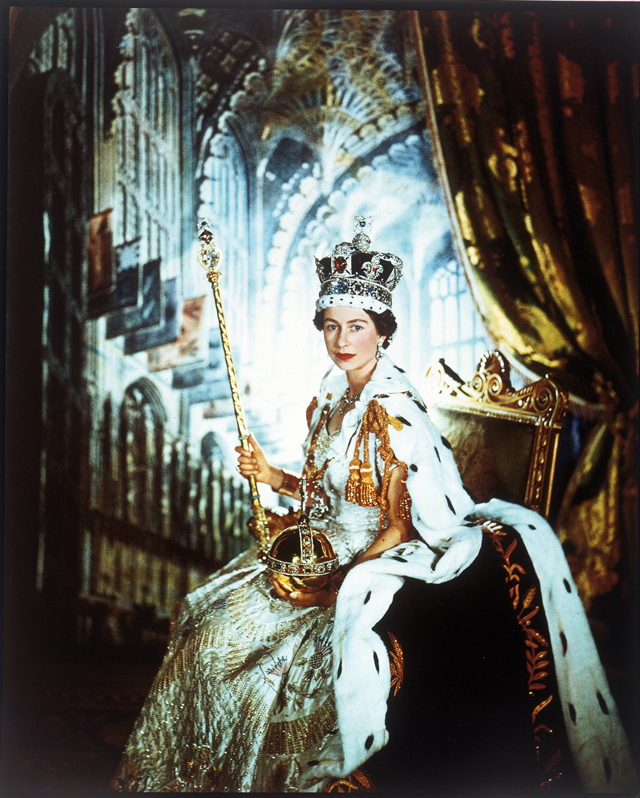
The Queen’s Silver Jubilee in 1977 has early resonant memories for me. This image, although from the 1953 coronation, was in circulation at this time, reproduced jubilantly on celebratory novelties. It’s a beautifully crafted image, with all the hallmarks of Beaton’s
best work.
At the same time, paradoxically I was aware of the
punk scene: an older extended family member, a wild child, was causing a scandal, falling off the back of doubledecker buses in Camden Town, resplendent with brightly coloured mohican hair, safety pins through cheeks, dark swirling dangerous make-up – I wanted to
be ‘grown up’ and part of this gang.
Although they are at complete odds with each other ideologically, visually they are both utterly fascinating
and iconic. As a child you saw the queen and the punks
as all the same, there were no politics involved, they
were both fabulous in equal measure.
charliethomas.net
This piece first appeared in Grafik 155, September 2007.

